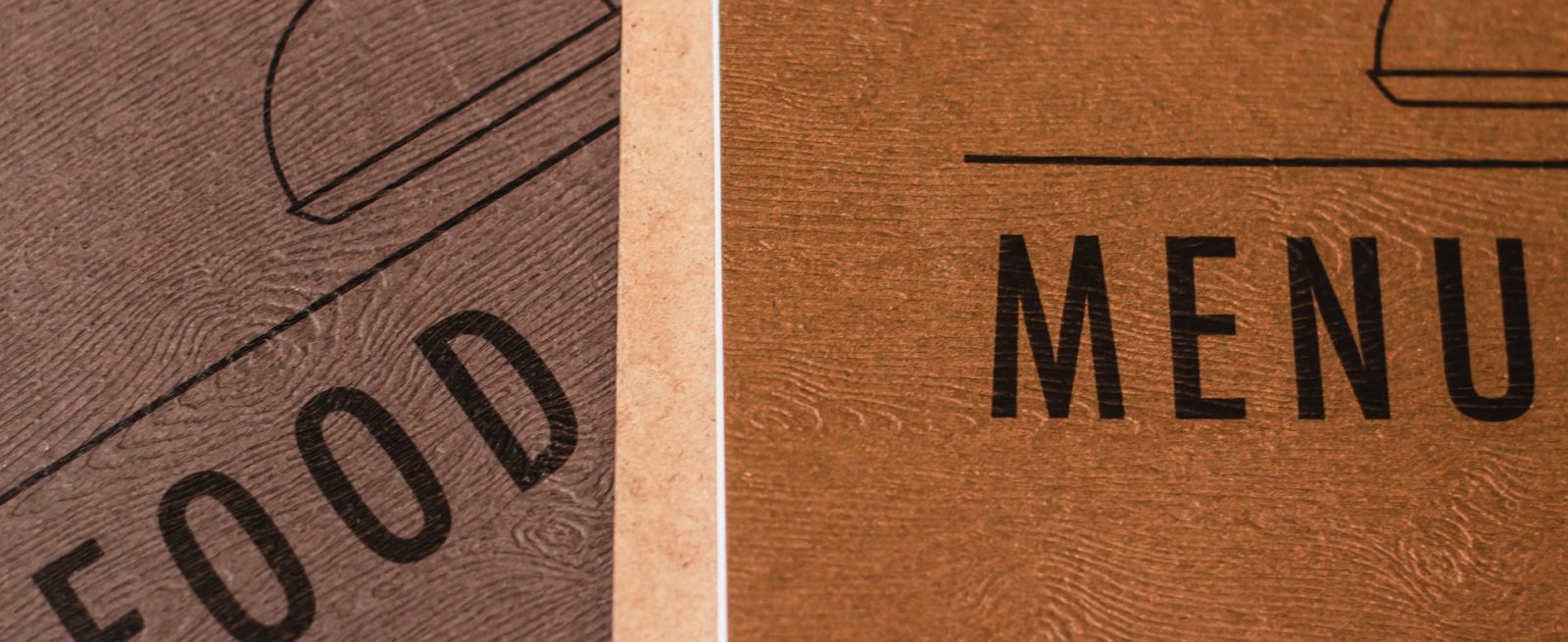Menu Engineering: The Secret to Maximum Profitability
4 Min Read By Russ Spencer
Not all menu items are created equal, nor do they contribute the same profit to the bottom line. Some dishes are more popular and increase revenue, while others carry a smaller margin or might not be ordered as often. It is important to understand not only the profitability of each item per serving but also its overall contribution according to the total servings sold. Fortunately, you can use data to predict what customers will order, and with a properly engineered menu, you can migrate customers to more profitable items – increasing margins by 8-12 percent, according to Craftable research
Customer Behavior and Menu Engineering
Customers' purchasing behavior is most often influenced by their visual attention to a menu item. Craftable studies show that approximately 80 percent of what they order is only about 20 percent of the category it is in, mostly driven by the design and layout. To take advantage of everything a menu has to offer, operators can use menu engineering, a technique that consists of analyzing each item’s contribution to the profit against how often it is purchased. With an understanding of each item’s popularity and how it contributes to the bottom line, operators can design a menu to drive maximum profitability.
To effectively engineer a menu, it is best to separate menu items into categories, and then measure their popularity and profitability. The item's contribution to the bottom line will influence its category and therefore, its place on the menu:
- Stars: Menu items that are more popular and profitable than average. "Stars” carry their weight, and no actions are needed.
- Plow Horses: Popular menu items that are not as profitable as average. "Plow Horses” leave profit on the table. It’s important to increase their profit or decrease their popularity. But do not stand idly by or it will cost additional profit.
- Puzzle Pieces: Menu items that are profitable but not as popular as average. "Puzzle Pieces” present an opportunity to increase profit. These items must be promoted in the design of the menu and through your marketing.
- Dogs: Menu items that are not as profitable and not as popular as the average. Consider replacing “Dogs” with trendy new menu items that can yield a higher profit.
When introducing new menu items to a menu category, they must be priced at the average profit from that menu category + the recipe cost of goods sold (COGS), and then rounded off to the next half dollar. For example, if the average profit of an appetizer on your menu is $9, and the new appetizers COGS land at $3.14, then ($9 + $3.14 = $12.14). Round up to the next half dollar and the menu price should be set at $12.50 to ensure you haven’t compromised profitability.
Influencing a customer’s purchasing behavior by using their visual attention to more profitable menu items will drive additional unfiltered profit to the bottom line. Plus, no additional labor hours or other overhead is needed to accomplish this.
How Does Menu Engineering Increase Profits?
The average restaurant ranges between three to five percent in their profit margins, while more efficient operators may have margins as high as 18 to 20 percent, according to Craftable research. The difference is not driven as much by how little they pay for their groceries or their labor as it is by their ability to manage what they buy, monitor it from the back door, track it and then leverage it on a menu to push the additional profit to the bottom line.
To ensure a healthy profit margin, a restaurant must manage five buckets, from the “Prime Cost” (food, beverage and labor costs) to “Overhead” (everything that is not food, beverage and labor) and Common Area Maintenance (building, taxes and insurance). The Prime Cost should range between 60 to 65 percent for successful restaurants. Coupled with Overhead and Common Area Maintenance, a healthy restaurant would yield margins between 10 and 20 percent.
However, in a post-COVID world where COGS and labor have significantly increased due to inflation, restaurants are now running a Prime Cost closer to 75 percent and 80 percent. Now, their margins are small, and in some cases, they are even upside down. Many operators find it difficult to adjust fast enough; a large part of this is due to not having a proper form of monitoring or measurements to use as benchmarks. There is no way to improve on what is not monitored or measured.
Understanding how to leverage all of this starts with knowing the COGS. Once you know the COGS, then you can monitor and measure the variance between what was used versus what should have been used (sold). You will also now understand the profit each item contributes to the bottom line. To get the COGS and other information used in your menu engineering efforts, utilize a data-tracking platform which integrates with a number of different POS systems.
Once you have this valuable data, menu engineering comes in and becomes so important. The goal is to encourage the customer to order what is most profitable while balancing execution and brand integrity.
Remember on the back end to take the data and change the behaviors in how you manage the business.
It starts with changing the customer behavior with menu engineering, then changing the business's operational behaviors by managing the variances between what’s been used compared to what was sold. Changing these behaviors is what amounts to extra profit between the average restaurant's bottom line and those that are more efficient.


